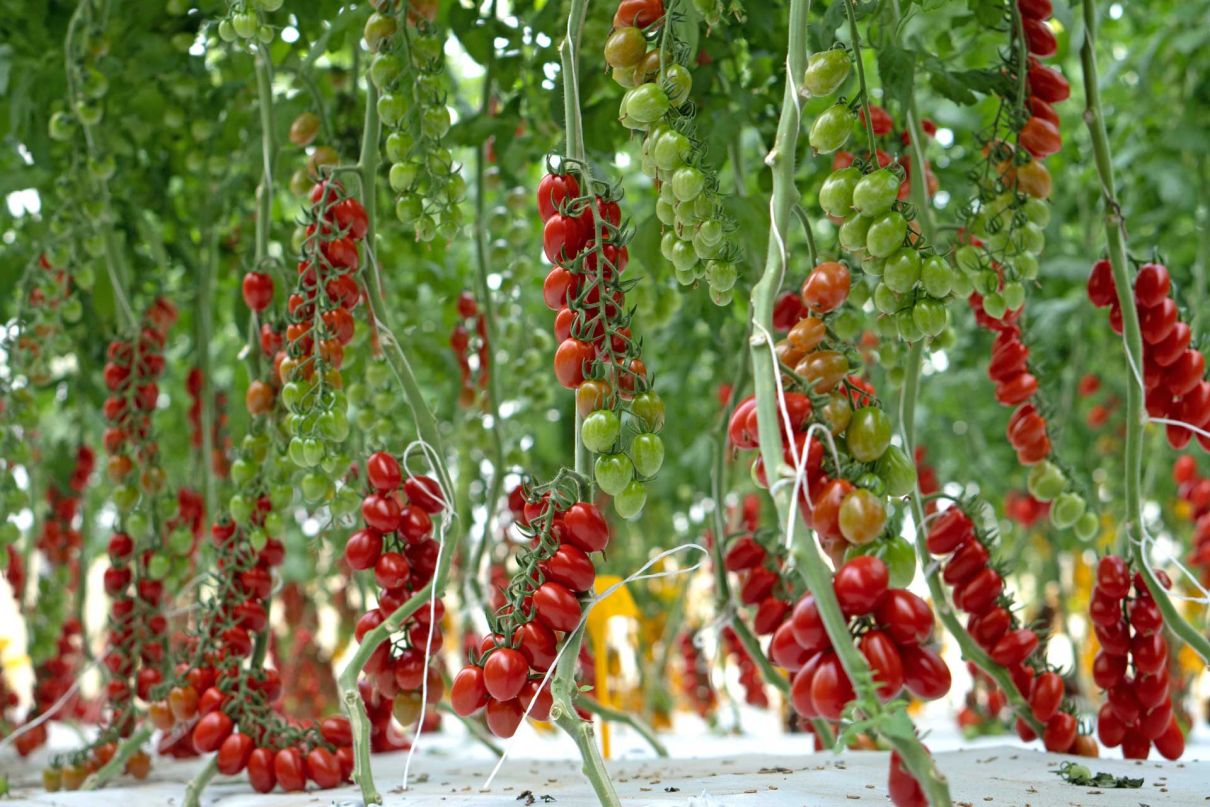Reaction of Plants to Pests for the Vegetable Seed Industry

Reaction of Plants to Pests for the Vegetable Seed Industry
Source:
Introduction
The relationship between a plant and a pest is very complex. The terms that describe the reaction of a plant variety to a pest are determined by tests with known and characterized biotypes, pathotypes, races or strains of the pest in question.
In practice however, the ability of a pest to cause disease in or damage to a plant depends on environmental conditions, the properties of the organism itself and the capacity of the plant to defend itself. Plant varieties within a species can differ in their ability to defend themselves. Under different conditions, such as age of the plant, pest pressure and degree of virulence or adverse environmental conditions, the interaction between the same plant variety and pest may have different outcomes.
Pests are known to develop and form new biotypes, pathotypes, races or strains that can cause disease in or damage to plants that remain unaffected by the original form of the pest.
Definitions
- Susceptibility: the inability of a plant variety to restrict the growth and/or development of a specified pest.
- Immunity: when a plant is not subject to attack or infection by a specified pest.
- Resistance: the ability of a plant variety to restrict the growth and/or development of a specified pest and/or the damage it causes when compared to susceptible plant varieties under similar environmental conditions and pest pressure. Resistant varieties may exhibit some disease symptoms or damage under heavy pest pressure. Two levels of resistance are defined.
2 levels of resistance
source: ISF’s definitions, May 2017
High resistance (HR)
Plant varieties that highly restrict the growth and/or development of the specified pest and/or the damage it causes under normal pest pressure when compared to susceptible varieties. These plant varieties may, however, exhibit some symptoms or damage under heavy pest pressure.
Intermediate resistance (IR)
Plant varieties that restrict the growth and/or development of the specified pest and/or the damage it causes but may exhibit a greater range of symptoms or damage compared to high resistant varieties. Intermediate resistant plant varieties will still show less severe symptoms or damage than susceptible plant varieties when grown under similar environmental conditions and/or pest pressure.
Varieties claiming the same level of resistance against a specific pest may exhibit a different resistance response due to a different genetic makeup of a variety.
It is to be noted that if no biotypes, pathotypes, races or strains are specified in the resistance claim for the variety, it is because no generally accepted classification of the cited pest by biotype, pathotype, race or strain exists. In this case resistance is only claimed against certain not further specified isolates of that pathogen. New biotypes, pathotypes, races or strains that may emerge are not covered by the original resistance claim.
TOMATO
TOMATO
| Pathogen – Scientific Name | Code | Level of resistance |
|---|---|---|
Fusarium oxysporum f.sp. lycopersici | Fol (race: 1, 2, 3) | HR |
Fusarium oxysporum f.sp. radicis-lycopersici | For | HR |
Leveillula taurica | Lt | IR |
Nematodes | Mj | IR |
Passalora fulva (ex Fulvia fulva) | Ff | HR |
Pseudomonas syringae pv. tomato | Pst | HR |
Stemphylium lycopersici | Sl | IR |
Tomato Brown Rugose Fruit Virus | ToBRFV | IR/HR |
Tomato Mosaic Virus | ToMV | HR |
Tomato Spotted Wilt Virus | TSWV | IR |
Tomato Yellow Leaf Curl Virus | TYLCV | IR |
Verticillium | Vd | HR |
PEPPER
PEPPER
| Pathogen – Scientific Name | Code | Level of resistance |
|---|---|---|
Leveillula taurica | Lt | IR |
Nematodes | Mj/Mi/Ma | IR |
Potato virus Y | PVY0 | IR |
Tobacco Mosaic Virus | Tm (TMV) | IR/HR |
Tomato Spotted Wilt Virus | TSWV | IR |

